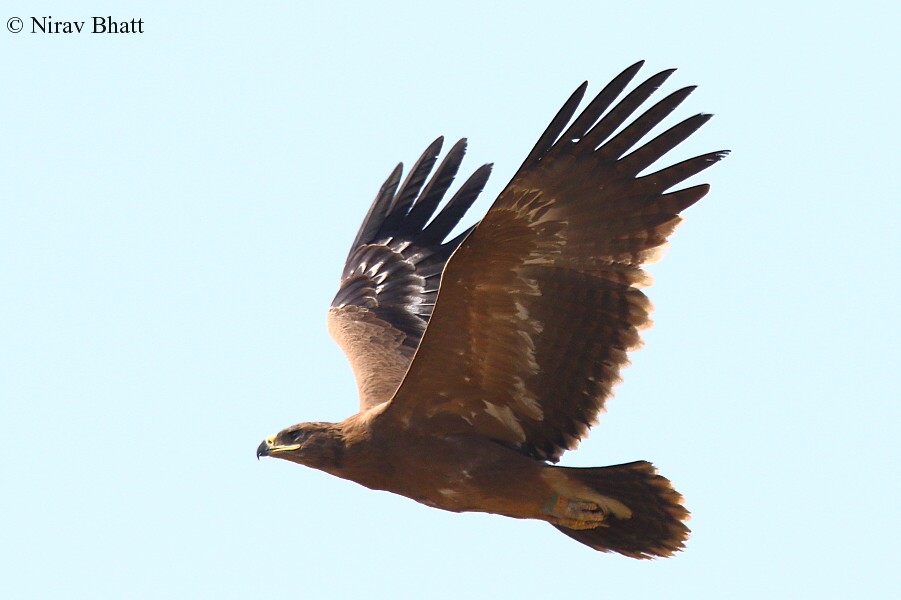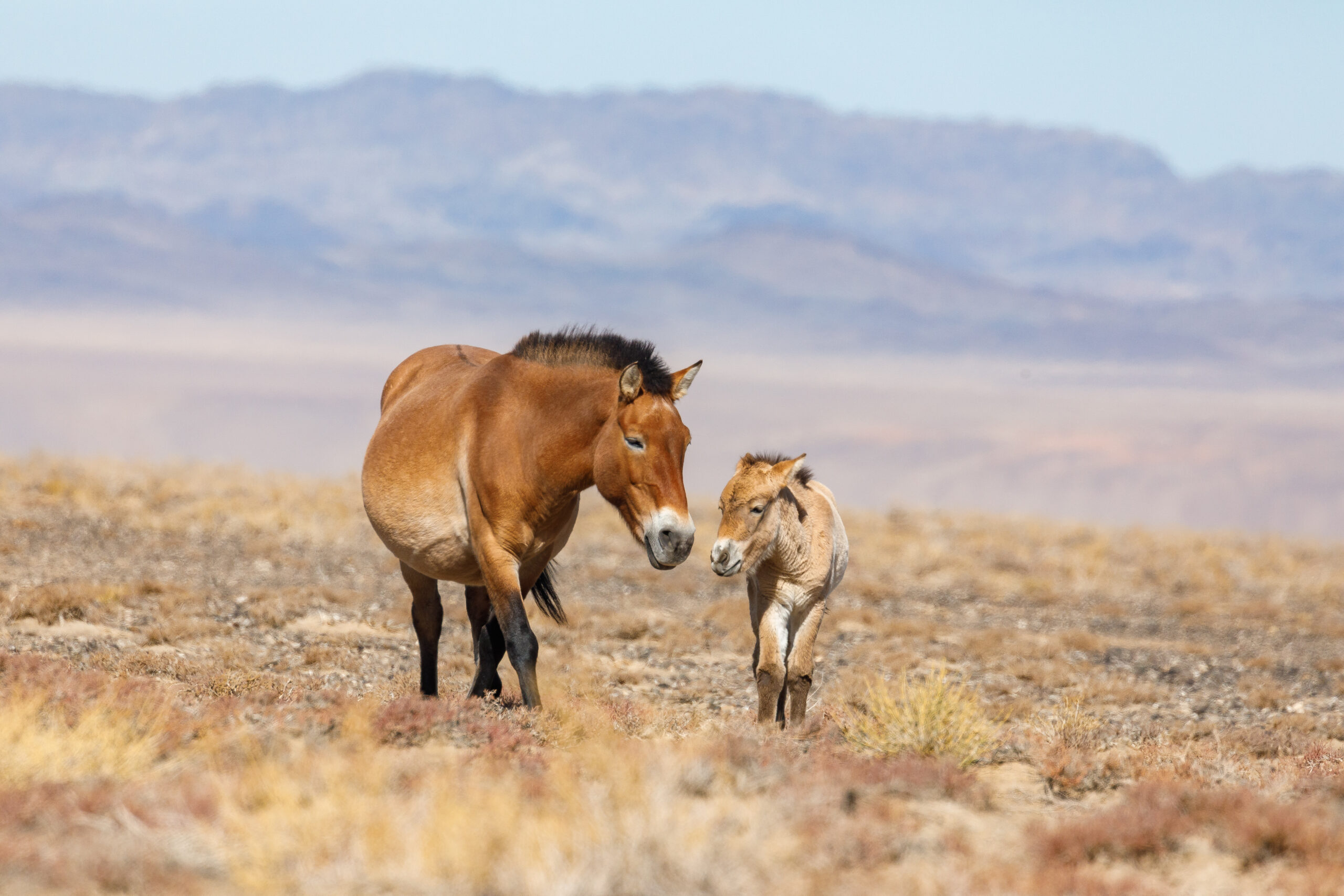Every species counts on Endangered Species Day!

Earth is home to countless species and landscapes. Unfortunately, human activities destroying habitats and overheating the planet have pushed many species into decline, breaking fragile and complex relationships within entire ecosystems. Thousands of animal species are also in steep decline in Eurasia, from the Saker falcon to the Pallas’s cat.
This growing damage to ecosystems and the “services” that they provide (fresh water, pollination, pest, disease control, etc.) is now affecting all life forms, including humans. Scientists project that one million plants and animals face the risk of extinction, many within decades.
Endangered Species Day, observed each year in May, promotes wildlife conservation and restoration efforts for all imperiled species. It also highlights actions that have been successful or are currently underway to address species’ loss and encourages actions to protect species for a better future for nature and humans.
DRIVERS AND IMPACT
Humans are directly responsible for these species declines. Heading the list is habitat degradation and destruction (caused by agriculture, mining, and logging, for example) that alters, fragments, or outright destroys natural habitats. Pollution, climate change, and the introduction of invasive species are other drivers of extinction and degraded ecosystems. Unsustainable harvests and use of wildlife beyond replacement rates are additional culprits.
The loss of even a single species, any one of which can play a crucial role in delicately balanced ecosystems, triggers a cascade of impacts. By way of example, raptors such as Steppe eagles keep rodent populations in check, and scavenger birds such as Egyptian vultures recycle nutrients back into the food web and limit the spread of disease from carcasses.
Extinctions heighten risks for other species within a particular ecosystem, including people. Declining populations and diminishing biological diversity make remaining plants and animals more vulnerable to pests and diseases and threaten human food security and livelihoods. Biodiversity losses can increase the spread of diseases and the incidence of pandemics, both of which disproportionately harm the most marginalized human populations.
A FEW BRIGHT SPOTS
While human activity often harms nature and warms the planet, humans also have the power to protect and restore nature. It is a testament to what can be achieved when we actively protect or restore nature that some species have been rescued from the brink of extinction. In Central Asia, examples include:
- Przewalski's horse, a dweller of Central Asia’s vast steppe grassland ecosystems, became extinct in the wild in the 1960s. Thanks to captive breeding programs and reintroduction programs in Mongolia, China, and Kazakhstan, populations have rebounded.
- Massive die-offs due to a bacterial infection caused the Saiga antelope population to plummet from nearly 1,000,000 animals to just 20,000, leaving these steppe dwellers on the verge of extinction in Kazakhstan. Initiatives by the Kazakh government and community organizations including the Association for Conservation of Biodiversity in Kazakhstan and Saiga Conservation Alliance resulted in a dramatic turnaround in saiga populations, shifting its IUCN Red List status from “critically endangered” to “near threatened.”
United Nations members have enacted two critically important international agreements to protect species and ecosystems: the Convention on Biological Diversity (CBD) and the Convention on Migratory Species of Wild Animals (CMS).
Under the framework of the CBD, in December 2022 roughly 190 nations committed to safeguarding 30 percent of the planet’s land and oceans by 2030, known as “30 x 30,” and to other actions to stanch biodiversity loss. Originally coming into force in 1993, the CBD’s achievements include a successful push for countries to create national biodiversity strategies and to expand their networks of protected areas. While these environmental goals are laudable, the conversion of lands rich in biodiversity into protected areas may come at the expense of the Indigenous peoples, the planet’s best protectors and long-time stewards. CBD advocates and countries must respect Indigenous stewardship and work collaboratively to achieve a just transition for achieving 30 x 30.
CMS, the only international agreement devoted exclusively to conserving migratory species, originally came into force in 1983. It serves as the legal foundation for governments and other stakeholders to coordinate measures internationally to protect animals and their habitats following transnational migratory ranges. At the most recent Conference of the Parties, held in Samarkand, Uzbekistan in February 2024, the Pallas’s cat was added to CMS Appendix 2, attracting attention and resources for its study and conservation.

